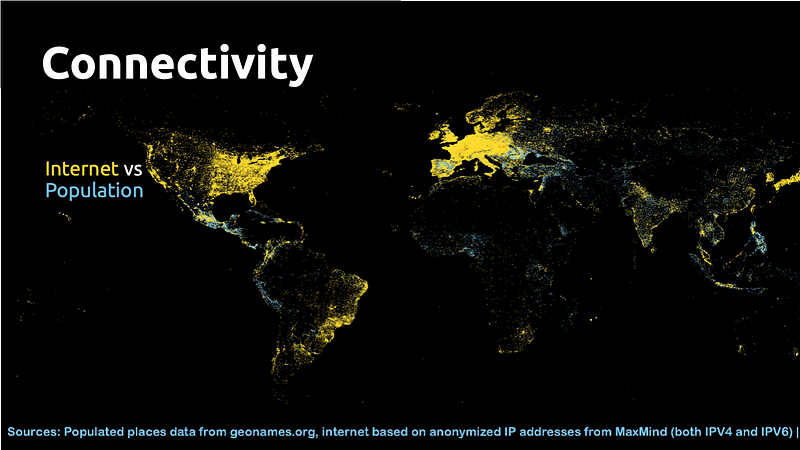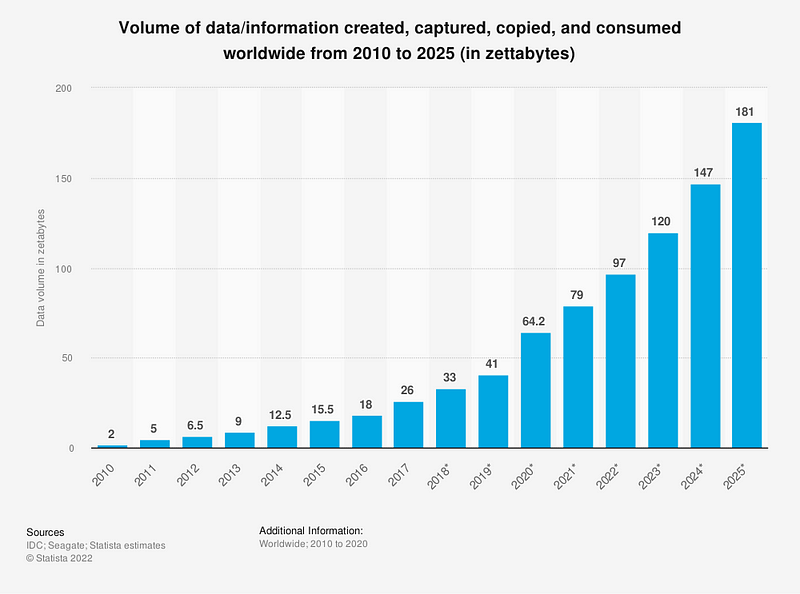Augmenting Humans with Technology: why it is necessary and why it is so dangerous — Part 1
3.3 million years. This is how old is the first human made tool discovered in West Kenya. For millions of years, humans have used…

3.3 million years. This is how old is the first human made tool discovered in West Kenya. For millions of years, humans have used technology to survive and make their lives safer, easier and better. It has helped transform people’s lives, businesses and societies. It has amplified our rather imperfect human behaviors for the better and for the worse; bringing enormous benefits to our societies but has also been weaponized with disastrous consequences.
For every good thing Technology has brought to us, it has also been misused to deliver pain and cause much suffering:
Gunpowder: creates beautiful explosions of colours when fired up in the sky but also rips bodies apart in the battle fields;
Electricity: it lights up our world but fries people on the death chair;
Nuclear energy: powers our homes and blows up entire cities;
Social media: keeps us connected but manipulates our behaviours with fakes and self reinforced bias;
Drones: save lives in remote places but kill remotely without a sound…
Technology Augmentation focuses on enhancing our cognitive skills and amplifying our physical capabilities such as:
Making better and faster decisions using all facts, variables and historical informaion at our disposal
Enabling a new generation of human — machine interfaces to control, learn, create and communicate
Automating tasks and workflows with intelligence at scale
We live in a period of unprecedented change. A new Technology revolution is underway: it is made of data, algorithms and decentralized controls.
Specifically the proliferation of data and the progress in AI/ML in the past few years has unlocked new opportunities and created substancial new risks.
AI/ML is a necessity
AI/ML has become a necessity: the constant streaming and massive proliferation of data makes it impossible to understand events in context to make fast and informed decisions. We need a new breed of tools to help us understand the world we live in. How did we get there?
Connectivity
As of January 2022, 4.95 billion people around the world use the internet — or 62.5% of the world’s total population. In other words, there are now fewer than 3 billion people around the world who don’t use the internet. This number is growing at an annual rate of 4.0 percent, equating to an average of more than half a million new users each day (source).
There are also 12.3 billion connected IoT devices globally; the number is growing at an annual rate of 9%; cellular IoT alone now surpassing 2 billion (source).
Each connection generates a massive amount data that compounds into exponentional growth: the data explostion.
Data Chaos
According to Statista, 64.2 zettabytes of data was created in 2020 and predicts this to grow to a massive 180 zettabytes by 2025. 1 zetabyte is 1 million petabytes. What’s a petabyte? the equivalent of 11,000 4k resolution movies! (source)
Another way to put it, is that every minute globally people send 12M iMessages, share 240K photos on Facebook and perform 5.7M Google searches (source: Data Never Sleeps by DOMO)
Taming the monster

Then it’s not hard to understand that to get meaningful insights from this massive influx of data, the monster needs to be tamed first. But the efforts and resources required are tremendous: capture, store, cleanse, structure, aggregate, calculate, analyze, mine, project, present data, to be able to… decide and action.
Timely insights in the hands of the right people creates information asymmetry which helps sharpen a company’s competitive edge
Smarter and faster decisions
As human beings, we make about 35,000 decisions a day, consciously or sub-consciously . In fact, we make about 226 decisions each day on just food alone according to researchers at Cornell University (source).
Data is Knowledge. Knowledge is Power. Power is Control… and Money!
A good (and extreme) example of creating a competitive edge with timely insights can be found in Capital Markets: High frequency trading exploits sub milliseconds (approximately one 64 millionth of a second) competitive advantage to make trading decisions. Today, high-frequency trading represents about 50% of trading volume in US equity markets!
Part 2: AI/ML does not just help you decide but can also create and act autonomously
AI/ML has become a necessity, but AI/ML does not just help understand or decide, it can also create, learn, control, see and when coupled with mechanical capabilities it can act intelligently in the physical world.
To be continued… Follow me (Damien Kopp) to read the next chapter.





